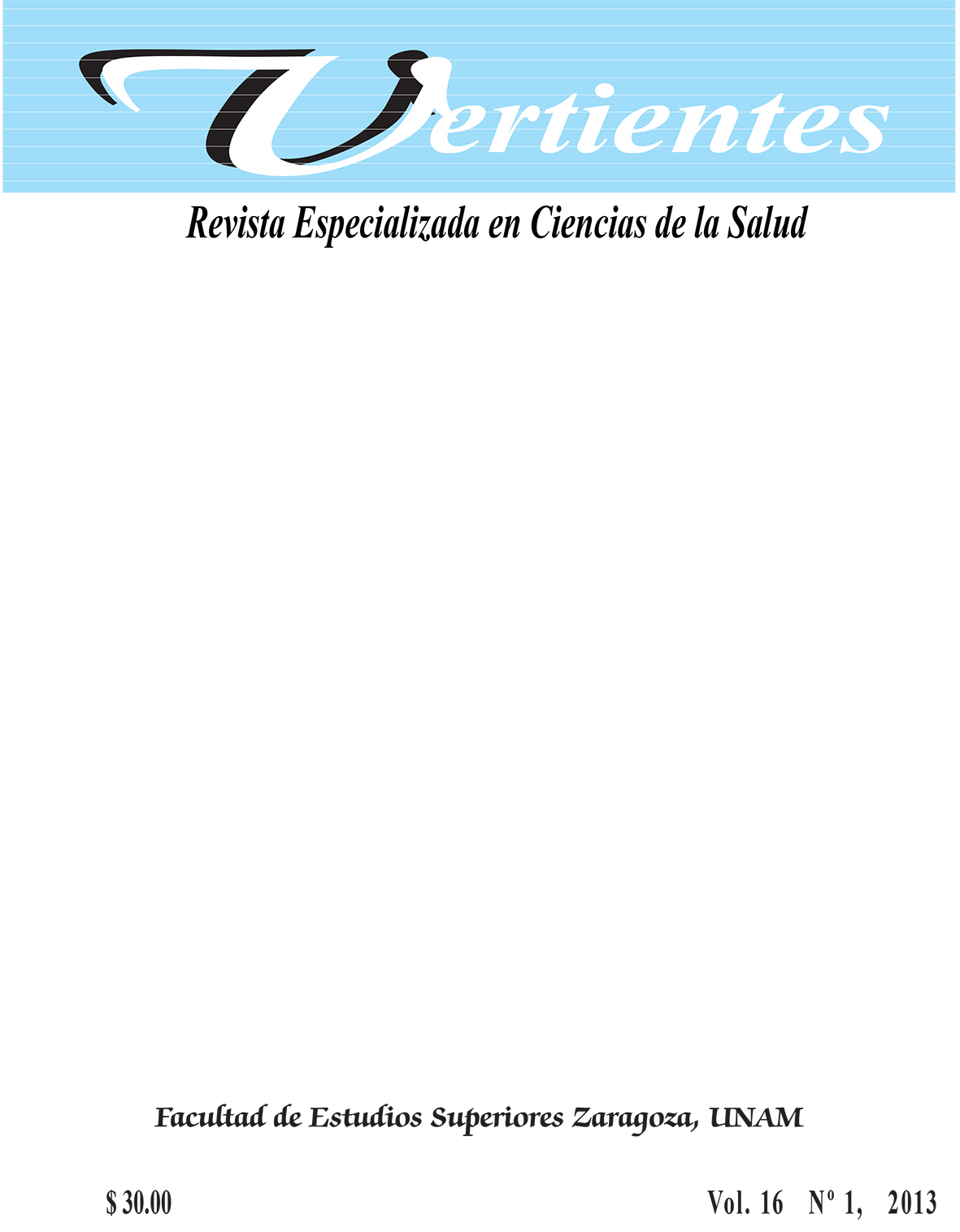Qi gong effects on arterial pressure, pain, joint mobility and daily life acitivites in patients with degenerative joint disease: clinical trial in a mexican unit of rehabilitation
Main Article Content
Abstract
Qi gong has been described as a functional regulator. qigong excercises were used by 40 degenerative-joint-disease patients in a public health service clinic in the south of Mexico City in 2008. It was a clinical trial study based on an intragroup comparison before and after exercise intervention. The effects on pain, blood pressure, articular movements and daily activity were measured with four instruments. “Pain Scale UMFR ISSSTE”, “Numerical Rating Scale”, “AIMS” and “HAQ-DI Questionnarie for Spanish Speakers”. After ten sessions, high and medium pain decreased in about twenty five percent of patients, in consecuency articular movements and daily activity increased. Systolic blood pressure increased 5.95 mm Hg and diastolic blood pressure remained unchanged or tended to decrease. Neither resulted were statistically significant.
Article Details
How to Cite
Torres Vaca, F. J., Ávila Arroyo, S., Trinidad Delgado, H., Torres Vaca*, M., Pérez Romero, J., Pichardo León, C., & Reyes Vázquez, L. (2015). Qi gong effects on arterial pressure, pain, joint mobility and daily life acitivites in patients with degenerative joint disease: clinical trial in a mexican unit of rehabilitation. Vertientes. Revista Especializada En Ciencias De La Salud, 16(1). Retrieved from https://journals.unam.mx/index.php/vertientes/article/view/51712
Citas en Dimensions Service

Vertientes by Universidad Nacional Autónoma de México is licensed under a Creative Commons Reconocimiento-NoComercial-SinObraDerivada 4.0 Internacional License.
Creado a partir de la obra en http://www.zaragoza.unam.mx.
